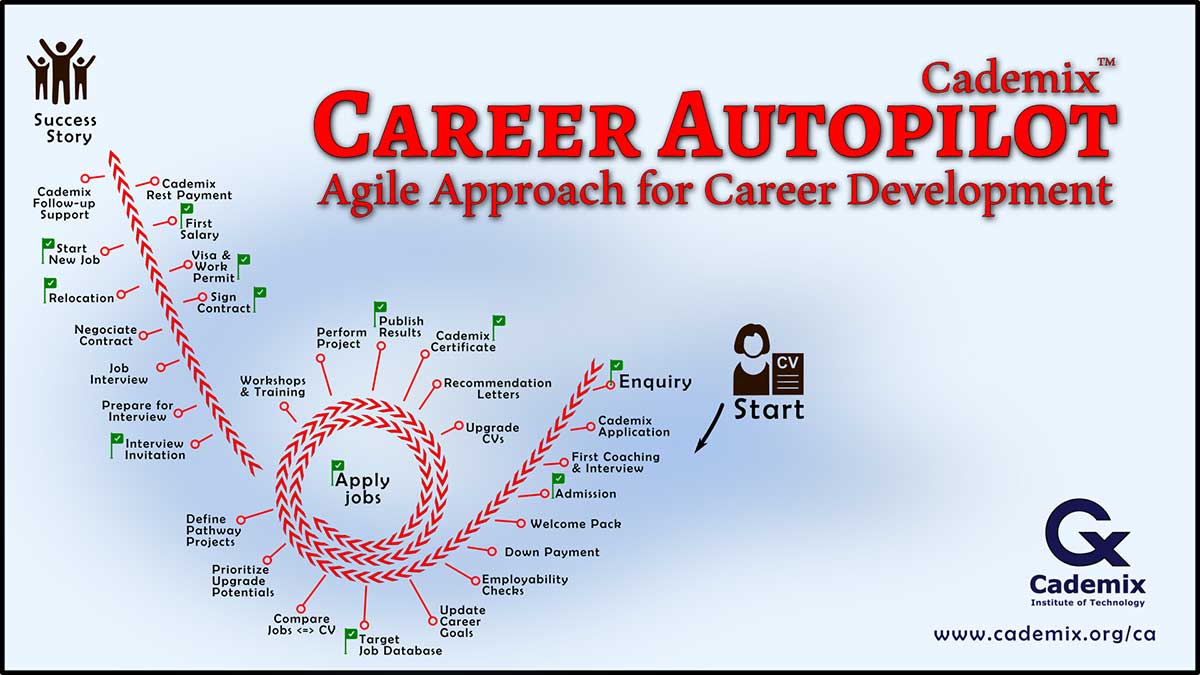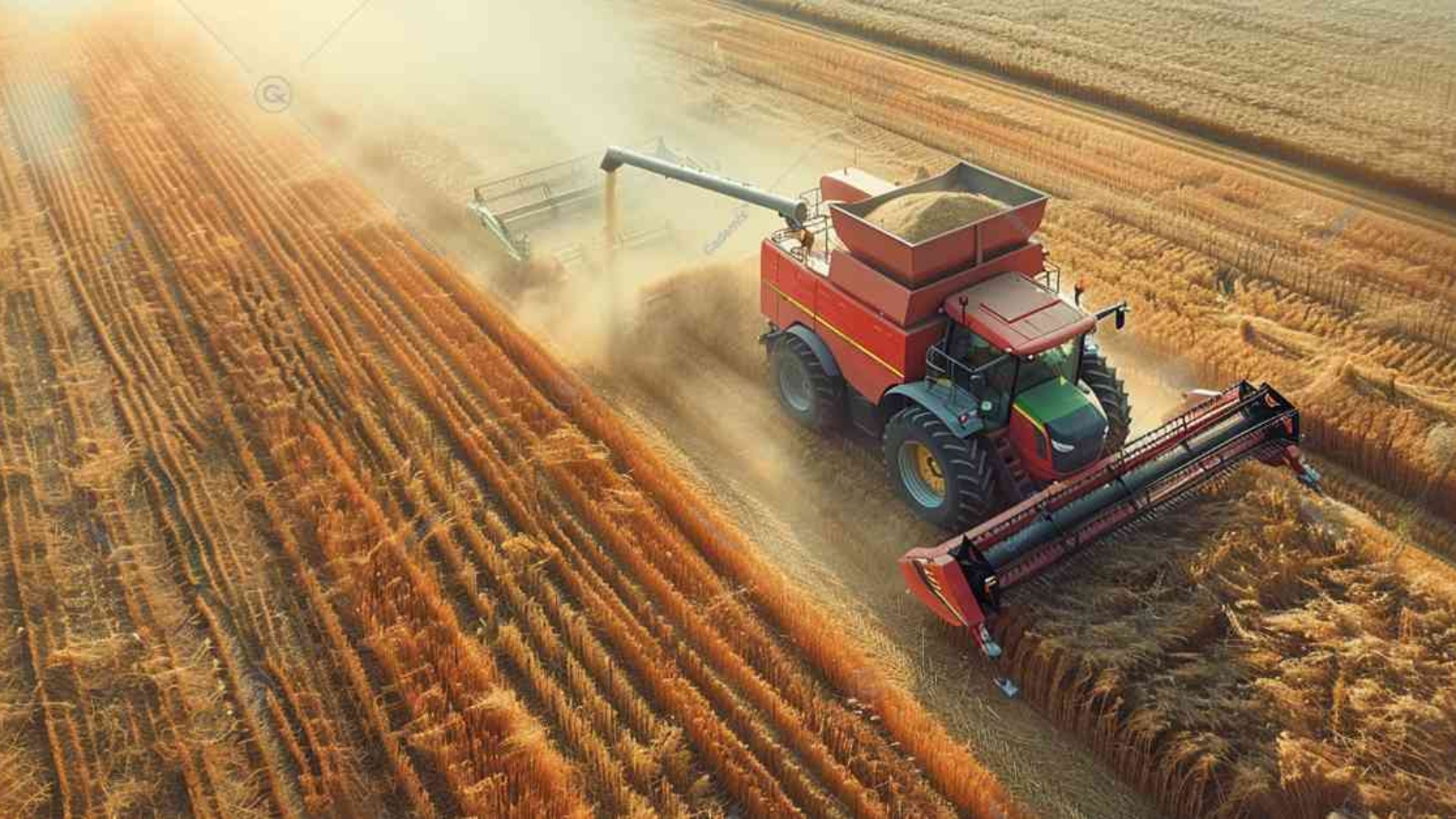Agricultural machinery, commonly referred to as ag equipment, plays a crucial role in modern farming practices. From tractors and harvesters to drones and precision farming tools, advancements in ag equipment are driving efficiency, productivity, and sustainability in agriculture. This comprehensive guide explores the latest innovations in ag equipment, emerging trends, and the impact of these technologies on the agricultural sector.
Keywords: ag equipment, agricultural machinery, modern farming tools, agricultural technology, precision agriculture, farming equipment trends
The Evolution of Ag Equipment
Historical Overview
The development of ag equipment has been instrumental in transforming agriculture from labor-intensive manual practices to highly mechanized and efficient operations. Key milestones in the evolution of agricultural machinery include:
- Early Mechanization: The invention of the plow and the reaper in the 19th century significantly reduced manual labor and increased productivity.
- Tractor Revolution: The introduction of gasoline-powered tractors in the early 20th century revolutionized farming, providing greater power and versatility.
- Green Revolution: Mid-20th century advancements in machinery, coupled with high-yield crop varieties and chemical inputs, boosted agricultural productivity globally.
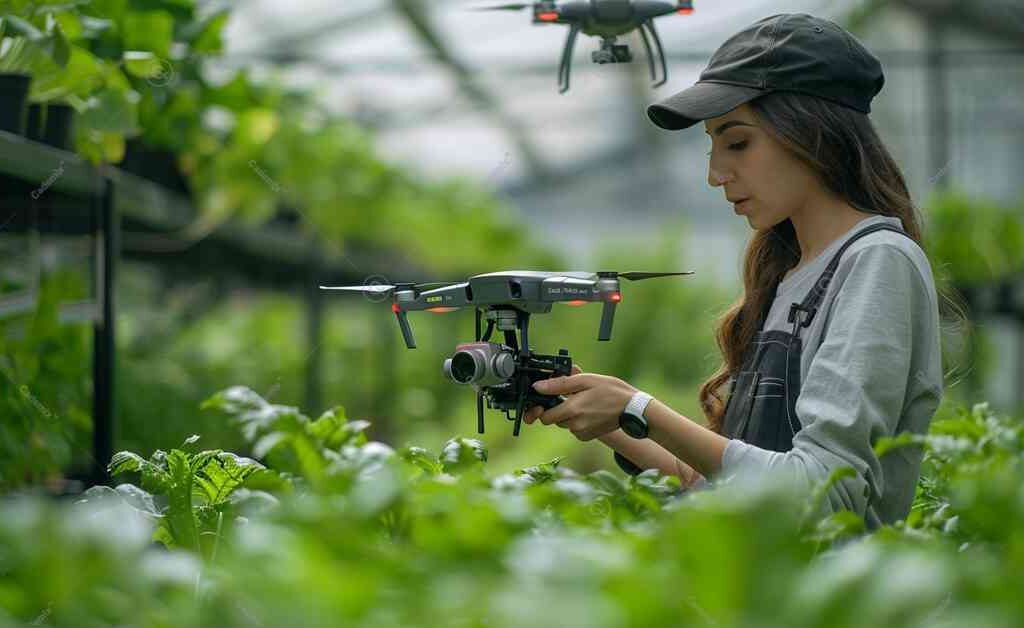
Modern Advancements
Today’s ag equipment incorporates cutting-edge technologies that enhance precision, efficiency, and sustainability. Key innovations include:
- GPS and Auto-Steering: GPS technology enables precise navigation and auto-steering, reducing overlap and optimizing field operations.
- Drones and Aerial Imaging: Drones provide high-resolution aerial images for crop monitoring, pest detection, and soil analysis.
- IoT and Smart Sensors: Internet of Things (IoT) devices and smart sensors collect real-time data on soil conditions, weather, and crop health, facilitating data-driven decision-making.
- Robotics and Automation: Autonomous tractors, robotic harvesters, and automated weeding machines reduce labor costs and increase operational efficiency.
Key Types of Ag Equipment
Tractors
Tractors are the backbone of modern agriculture, providing the power needed for various field operations. Key features of modern tractors include:
- High Horsepower Engines: Modern tractors are equipped with powerful engines that can handle a wide range of tasks, from plowing to hauling.
- Precision Steering Systems: GPS-guided steering systems ensure precise navigation and reduce fuel consumption.
- Versatile Attachments: Tractors can be fitted with a variety of attachments, such as plows, seeders, and sprayers, making them versatile tools for different farming activities.
Harvesters
Harvesters are essential for efficiently gathering crops. Modern harvesters incorporate advanced technologies to maximize yield and minimize losses. Types of harvesters include:
- Combine Harvesters: Used for harvesting grains like wheat, corn, and barley, combine harvesters perform reaping, threshing, and winnowing in a single operation.
- Forage Harvesters: Designed for harvesting forage crops such as grass and alfalfa, these machines chop the crop into small pieces for silage.
- Specialty Crop Harvesters: Used for harvesting fruits, vegetables, and other specialty crops, these machines are often equipped with sensors and automation features to reduce damage and increase efficiency.
Planting and Seeding Equipment
Planting and seeding equipment ensure uniform seed placement and optimal plant spacing. Key types include:
- Seed Drills: Precision seed drills place seeds at the correct depth and spacing, improving germination rates and crop uniformity.
- Planters: Used for row crops like corn and soybeans, planters are equipped with mechanisms to accurately place seeds in rows.
- Air Seeders: Air seeders use pneumatic systems to deliver seeds to the soil, providing even distribution and reducing soil compaction.
Irrigation Systems
Efficient irrigation systems are crucial for optimizing water use and ensuring healthy crop growth. Modern irrigation technologies include:
- Drip Irrigation: Delivers water directly to the root zone of plants, reducing water waste and improving efficiency.
- Center Pivot Irrigation: Automated systems that rotate around a central pivot, providing uniform water distribution over large areas.
- Smart Irrigation Controllers: IoT-enabled controllers that adjust irrigation schedules based on real-time data from soil moisture sensors and weather forecasts.
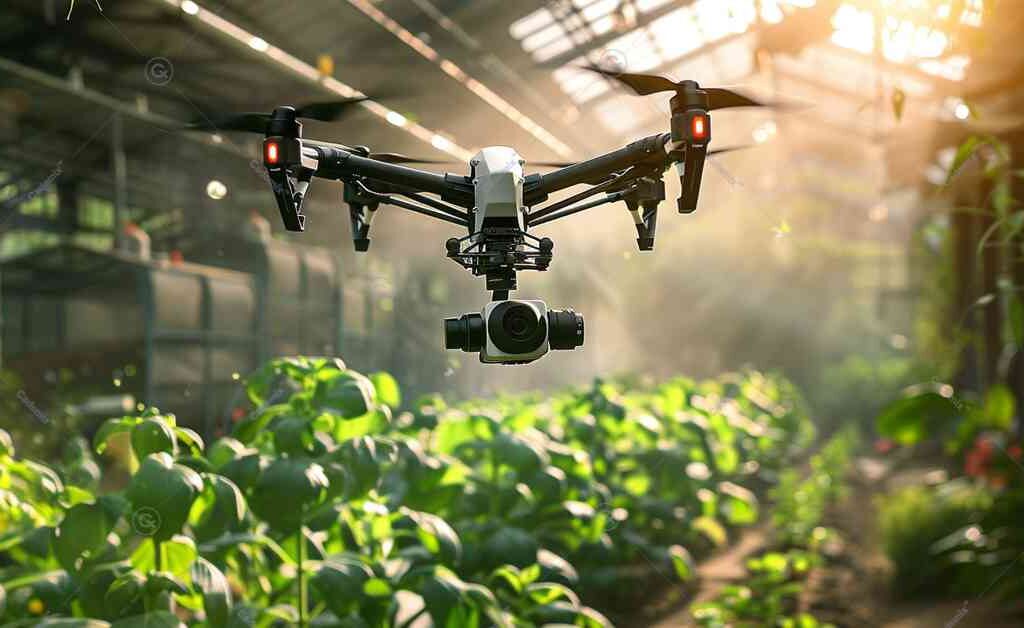
Drones and Aerial Imaging
Drones are becoming increasingly popular in agriculture for their ability to provide detailed aerial imagery and data. Key applications of drones include:
- Crop Monitoring: Drones equipped with multispectral cameras can identify plant health issues, pest infestations, and nutrient deficiencies.
- Field Mapping: High-resolution maps created by drones help farmers plan planting, irrigation, and fertilization strategies.
- Precision Spraying: Some drones are equipped with spraying systems to apply pesticides and fertilizers precisely, reducing chemical use and environmental impact.
Robotics and Automation
Robotic and automated ag equipment are transforming labor-intensive tasks into efficient, precise operations. Examples include:
- Autonomous Tractors: Self-driving tractors that perform tasks such as plowing, planting, and harvesting without human intervention.
- Robotic Harvesters: Machines that use AI and machine vision to identify and pick ripe fruits and vegetables.
- Automated Weeders: Robots that identify and remove weeds using mechanical or chemical methods, reducing the need for manual labor.
Emerging Trends in Ag Equipment
Precision Agriculture
Precision agriculture involves using advanced technologies to optimize field-level management practices. Key trends include:
- Variable Rate Technology (VRT): VRT enables precise application of inputs like seeds, fertilizers, and pesticides based on field variability, improving efficiency and reducing waste.
- Data Analytics and AI: Big data analytics and AI are being used to analyze field data and provide actionable insights for improving crop management.
- Remote Sensing: Satellite imagery and remote sensing technologies provide valuable information on soil health, crop conditions, and weather patterns.
Sustainable and Eco-Friendly Equipment
Sustainability is a growing focus in ag equipment development. Emerging trends include:
- Electric and Hybrid Machinery: Electric and hybrid tractors and equipment reduce fuel consumption and emissions, contributing to cleaner farming practices.
- Bio-Based Materials: The use of bio-based and biodegradable materials in machinery construction reduces environmental impact.
- Resource-Efficient Technologies: Equipment designed to minimize water, fertilizer, and pesticide use supports sustainable agriculture and conserves resources.
Do you want to read more of Insights from the Hype Cycle and Future Trends in Agriculture?
Connectivity and IoT Integration
The integration of IoT and connectivity technologies is enhancing the functionality of ag equipment. Key developments include:
- Connected Machinery: IoT-enabled machinery allows for remote monitoring and management, optimizing performance and maintenance.
- Farm Management Software: Software platforms that integrate data from various sources, providing a comprehensive view of farm operations and aiding in decision-making.
- 5G Connectivity: The rollout of 5G networks will enhance connectivity, enabling real-time data transfer and more responsive automation.
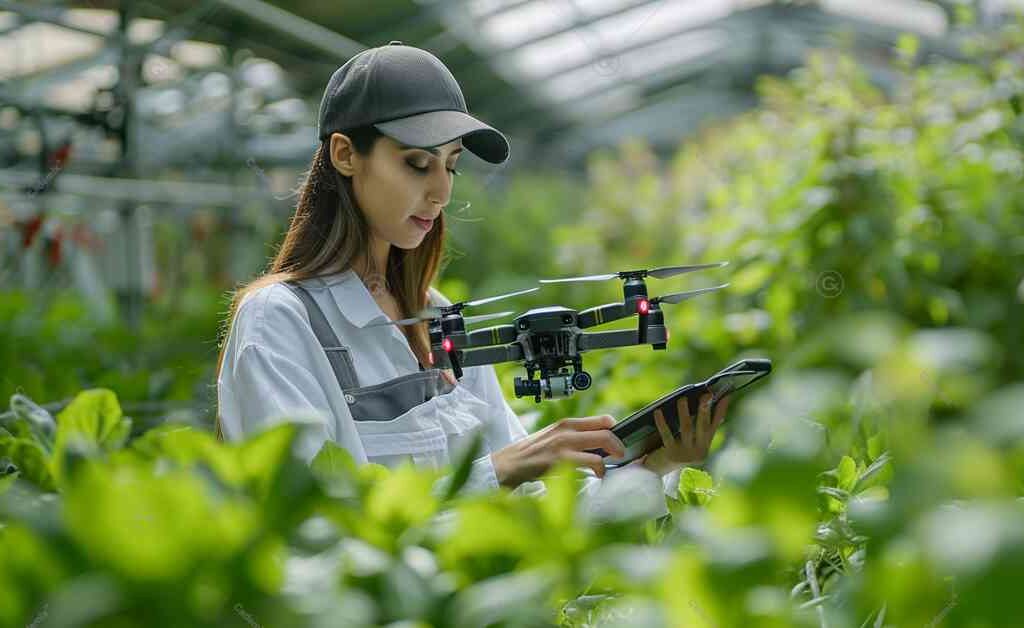
Smart Farming Solutions
Smart farming combines various technologies to create integrated solutions for modern agriculture. Key components include:
- Smart Sensors: Sensors that monitor soil moisture, temperature, and nutrient levels provide real-time data for precise management.
- Automated Irrigation Systems: Smart irrigation systems adjust water delivery based on sensor data, improving efficiency and reducing waste.
- Farm Robots: Autonomous robots that perform tasks such as planting, weeding, and harvesting, increasing productivity and reducing labor costs.
The Impact of Ag Equipment on Agriculture
Enhancing Productivity
The adoption of advanced ag equipment significantly enhances farm productivity by:
- Increasing Efficiency: Automated and precision technologies reduce the time and labor required for various farming tasks.
- Optimizing Inputs: Precision application of seeds, fertilizers, and pesticides ensures optimal use of resources and maximizes yields.
- Reducing Losses: Advanced harvesting and monitoring equipment minimize crop losses and improve overall farm output.
Promoting Sustainability
Sustainable ag equipment contributes to environmentally friendly farming practices by:
- Conserving Resources: Efficient irrigation and input application technologies reduce water and chemical use.
- Reducing Emissions: Electric and hybrid machinery lower greenhouse gas emissions and reliance on fossil fuels.
- Supporting Biodiversity: Eco-friendly practices such as reduced tillage and organic farming equipment promote soil health and biodiversity.
Supporting Economic Growth
Investing in modern ag equipment supports economic growth in the agricultural sector by:
- Creating Jobs: The development, manufacturing, and maintenance of advanced equipment create employment opportunities.
- Boosting Competitiveness: Access to cutting-edge technology enhances the competitiveness of farmers in the global market.
- Driving Innovation: Continuous advancements in ag equipment drive innovation and open new markets for agricultural products.
Conclusion and Call to Action
The future of agriculture is being shaped by rapid advancements in ag equipment, which are driving efficiency, sustainability, and productivity in the sector. From precision agriculture and IoT integration to robotics and sustainable machinery, the adoption of these technologies is essential for meeting the growing demands of food production while addressing environmental challenges.
For decision-makers, staying informed about the latest trends and innovations in ag equipment is crucial for making strategic investments and ensuring long-term success. For students and professionals, understanding the evolving landscape of agricultural technology offers valuable insights and career opportunities in this dynamic field.
If you are interested in exploring the potential of new technologies in agriculture and how they can be leveraged for success, consider joining the Cademix Acceleration Program. Our consultancy services and educational programs are designed to support stakeholders in navigating the complexities of agritech and achieving their strategic objectives.
Discover our Cademix Career Autopilot program and learn how we can help you stay ahead in the rapidly evolving world of ag equipment. For additional resources and insights on emerging technologies in agriculture, visit AgFunder and PrecisionAg.
